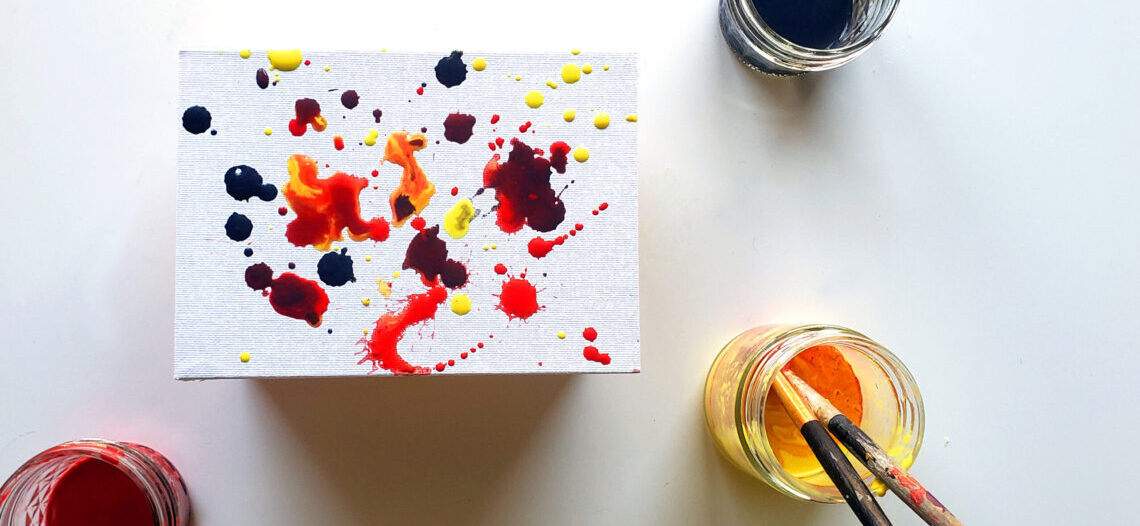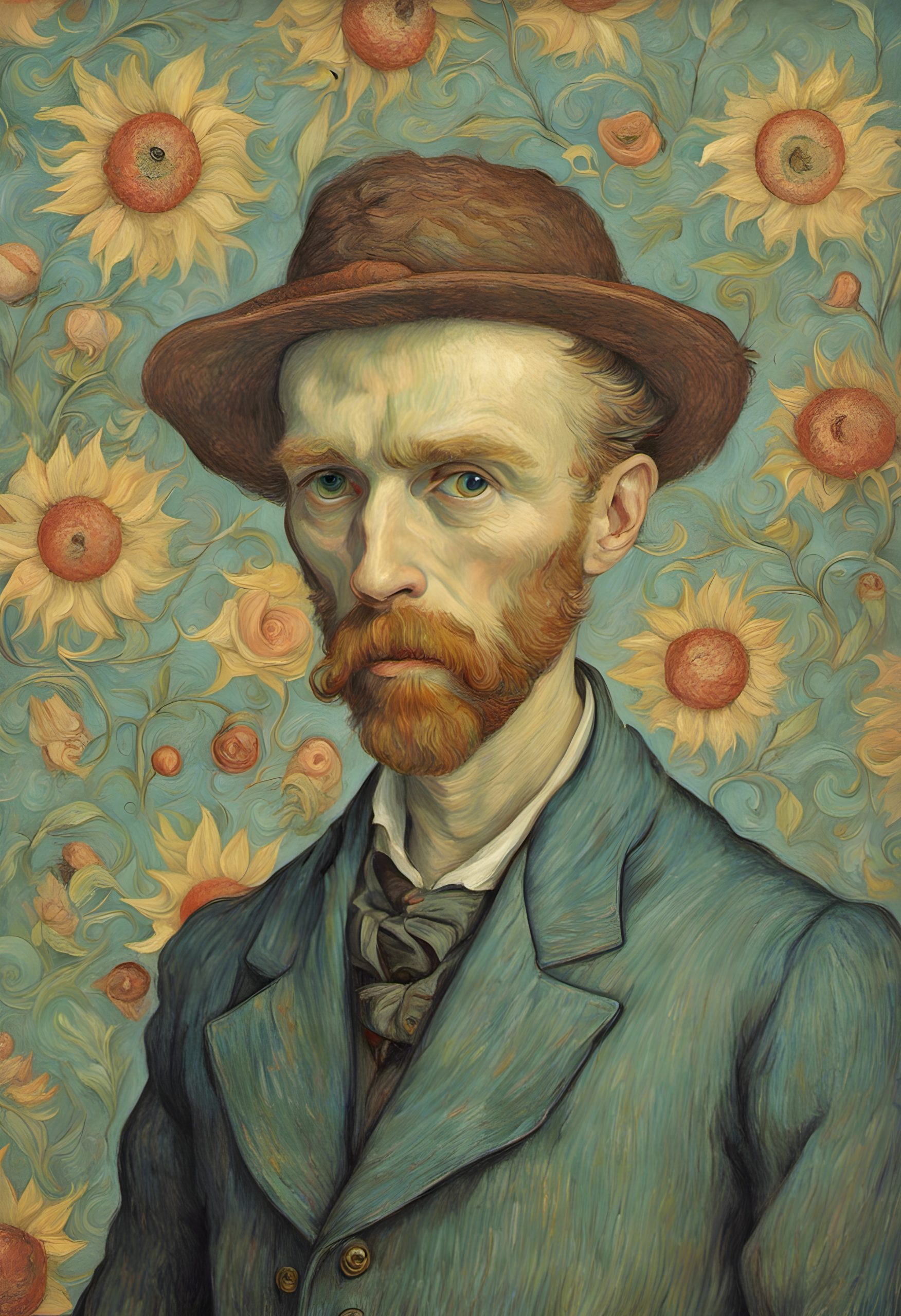This Edgar Degas art history lesson introduces elementary-aged children to the pastel-colored dreamscape of 19th-century French Impressionism.
Who was Edgar Degas?
Born in Paris in 1834, Edgar Degas’ distinctive artistic style left a lasting mark on the art world.
To understand his lyrical, dreamy art, we must explore his biographical history, artistic approach, and his influences.
Artistic Style
Degas played a pivotal role in the Impressionist movement. Marked by a departure from traditional realism, Impressionists aimed to capture fleeting moments and emotions in their works.
Like his contemporary, Claude Monet, Degas embraced this approach, creating art that reflected the world’s essence rather than just its details.
Degas initially submitted his paintings to the Salon, and some of his early works were accepted and exhibited there. However, he later became dissatisfied with the Salon’s rigid rules and conservative taste, which often favored traditional and academic art styles. He gradually distanced himself from the official Salons and became a key figure in the Impressionist movement, which sought to challenge and innovate beyond the traditional art forms.
His favorite subject, ballet dancers, showcased his keen eye for the grace and elegance of their movements.
Degas’ ballet scenes are characterized by intricate details and a commitment to capturing the beauty of this art form. He often observed dancers both on and off the stage, meticulously portraying their ethereal forms and captivating performances.
Degas depictions of horses and horse races also exuded energy and excitement. He attended horse races, skillfully translating the thrill of these events onto canvas.
Degas was not confined to painting alone; he excelled in pastel drawings. He employed pastels to create vivid, colorful scenes from everyday life, like theaters, bathers, and family moments. His pastel work revealed his versatility and ability to convey the vibrancy of the world around him.
In addition to painting and pastels, Degas dabbled in sculpture. His sculptures, often made from materials like wax and clay, were known for their intricate detailing. They captured the essence of dancers, preserving their movements and emotions in three-dimensional form.
Influence on the Art World
Degas’ influence on the art world is both prolific and timeless.
His role in the Impressionist movement revolutionized how artists saw and depicted the world.
He, along with fellow Impressionists, like Claude Monet and Pierre-Auguste Renoir, steered art away from traditional conventions towards a more vibrant, emotionally resonant style.
His ballet scenes, in particular, have inspired countless artists. Degas’ ability to capture the beauty and grace of dance, as well as his meticulous portrayal of dancers’ forms and movements, set a standard for the art world of his time.
Degas’ pastel works also left a mark. His vibrant and expressive pastel drawings demonstrated the power of this medium. Many artists have since explored the possibilities of pastels in their own works, inspired by Degas’ mastery.
Moreover, Degas’ sculptures, with their intricate detailing and lifelike representations, influenced the world of three-dimensional art. His sculptures of dancers, in particular, are celebrated for their emotional depth and skillful execution.
In conclusion, Edgar Degas, with his biographical history, Impressionist style, and far-reaching influence, stands as a pivotal figure in the art world. His ability to capture the essence of dance, racing, and everyday life through various mediums continues to resonate with artists and art enthusiasts alike. Degas’ legacy endures as a testament to the enduring power of his art and his impact on the world of creativity.
Key Vocabulary
Impressionist: A style of art that focuses on capturing the fleeting moment and the emotional impact of a scene rather than detailed, realistic representation.
Meticulous: Extremely careful and precise in work or attention to detail.
Paris: A city in France that continues to serve as a global hub for art, characterized by its influential art institutions, rich cultural heritage, numerous museums, galleries, and a thriving artistic community. It has been a catalyst for artistic movements, from Impressionism to contemporary art, making it a focal point for artists, collectors, and art enthusiasts worldwide.
Pastels: A type of art medium made of powdered pigment mixed with a binder, typically in the form of sticks. Artists use pastels to create soft, colorful drawings with a rich, velvety texture.
Realism: Realism is an art movement that emerged in the 19th century, aiming to depict subjects in a true-to-life and accurate manner, often focusing on ordinary, everyday life. Realist artists seek to represent their subjects without idealization or exaggeration.
Three-dimensional art: Also known as 3D art, is artwork that has physical depth and occupies space. It is not confined to a flat surface, as in 2D art (like paintings or drawings). Sculptures, installations, and other forms of art that can be viewed from multiple angles and have depth are considered three-dimensional art.
Recommended Reading
I found (affiliate link—->) Katie Meets the Impressionists in a thrift store a few years ago, and now, I love to use it to complement any art history lesson on impressionism.
The illustrations are really lovely, and the text is thoughtful and age-appropriate.
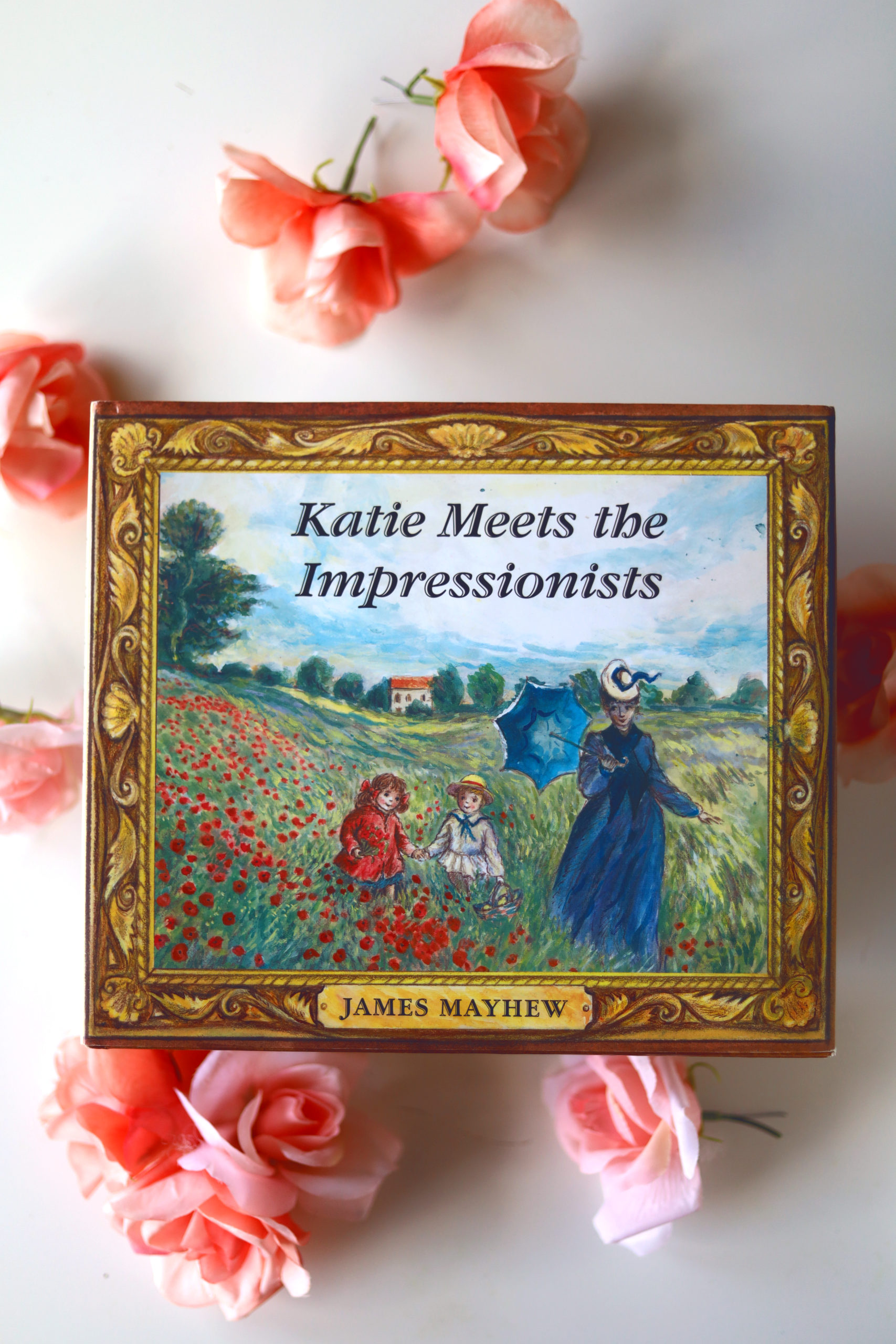
Edgar Degas Art Project for Kids
This simple, charming ballerina art project supports a lesson on Edgar Degas for ages 5-9.
Materials
-coffee filters
-markers or watercolors
-pipe cleaners
Step 1
Give the kids markers and let them color over the coffee filters. The more coverage the filters have, the richer and deeper the colors. Lots of white space will create more pastel colors.
Both turn out lovely in the end!
You may also decide to do this with watercolors, in which case, you may skip Step #2.
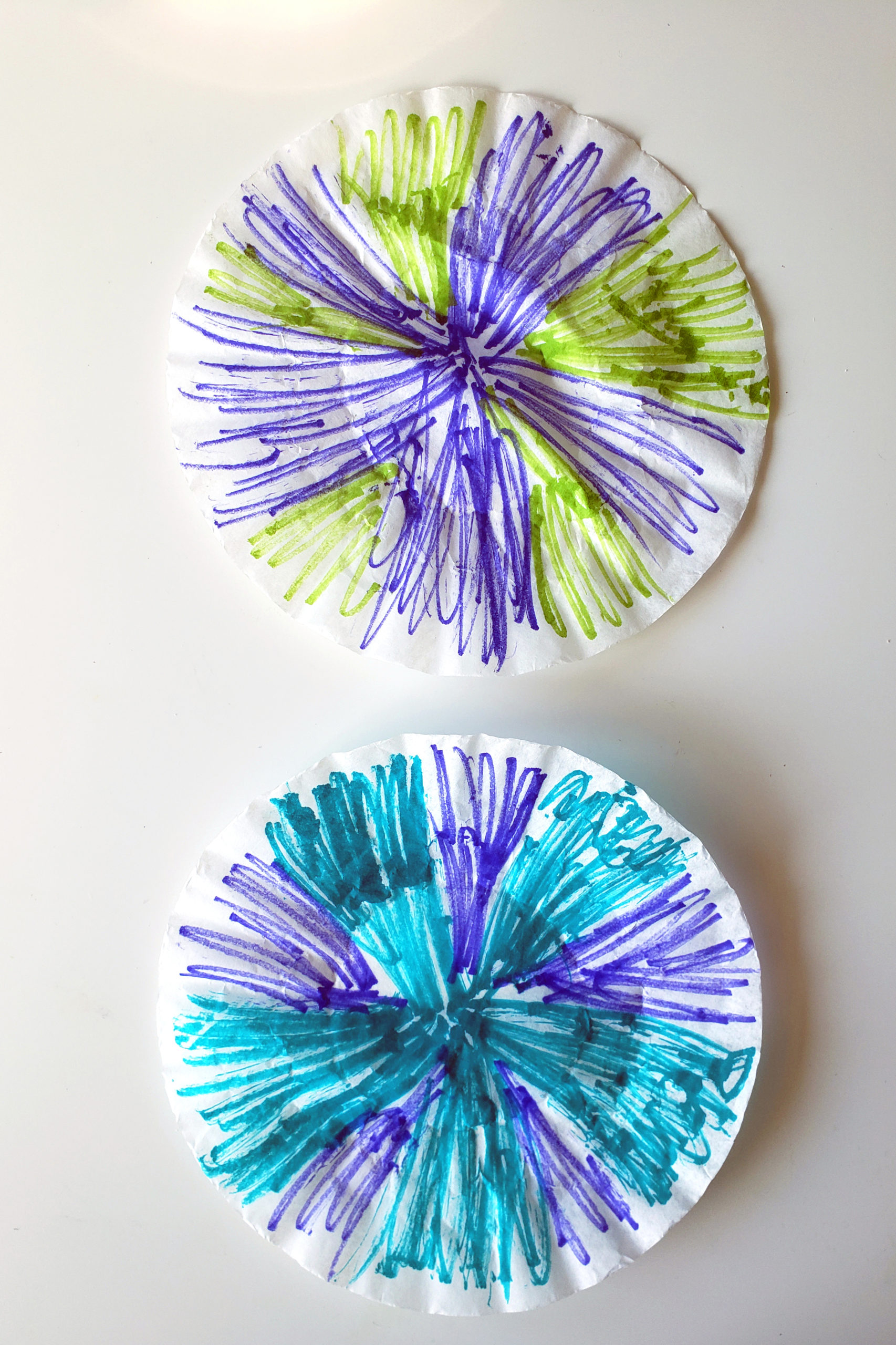
Step #2
Using a spray bottle, spray the coffee filters with water. Do not submerge or soak them, as the colors will fade dramatically. (Plus, they take forever to dry).
Step 3
Allow them to dry overnight, or put them in the oven at 200 degrees Fahrenheit for 6-8 minutes, checking every few minutes.
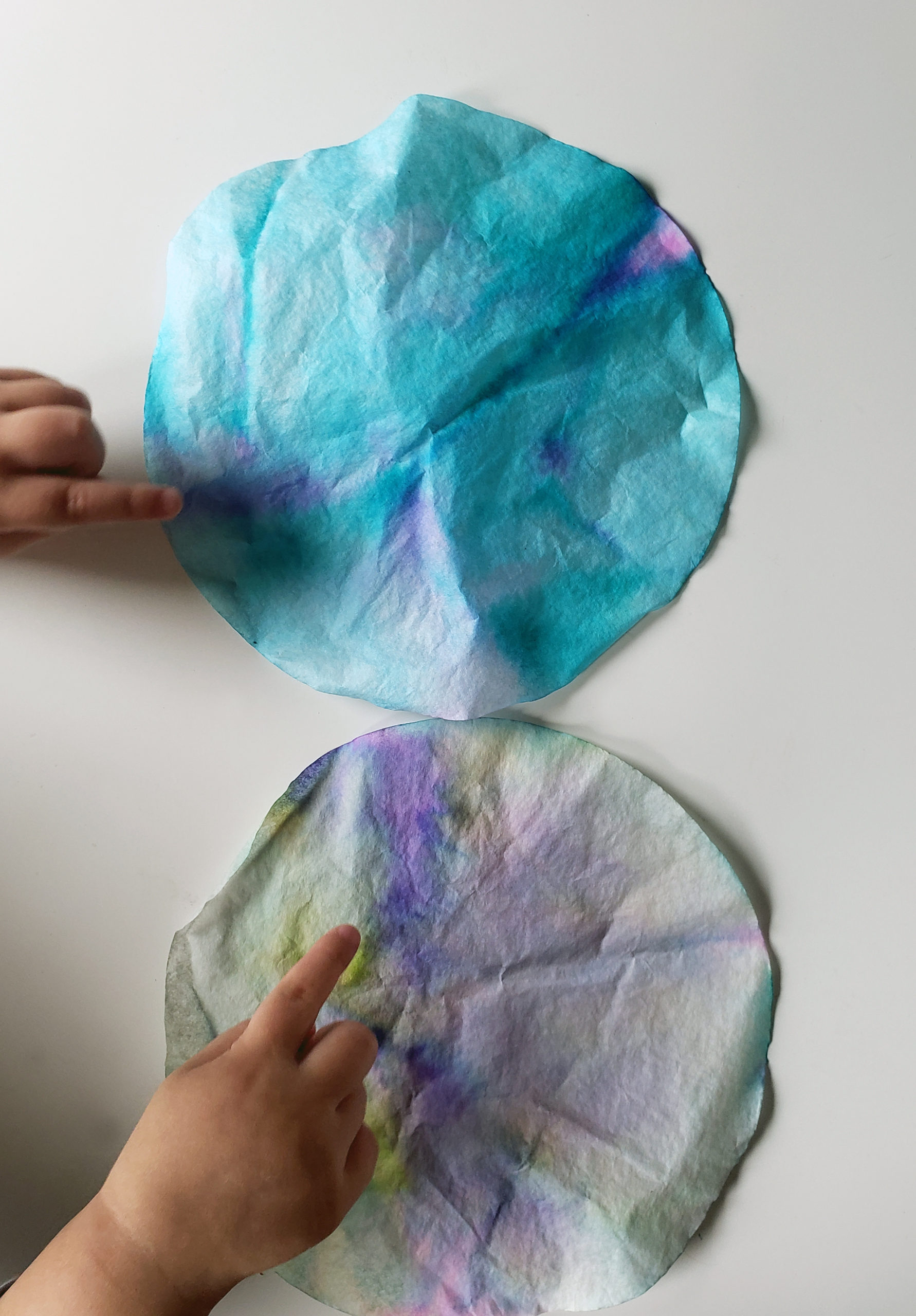
Step 4
Fold each coffee filter in half as shown below.
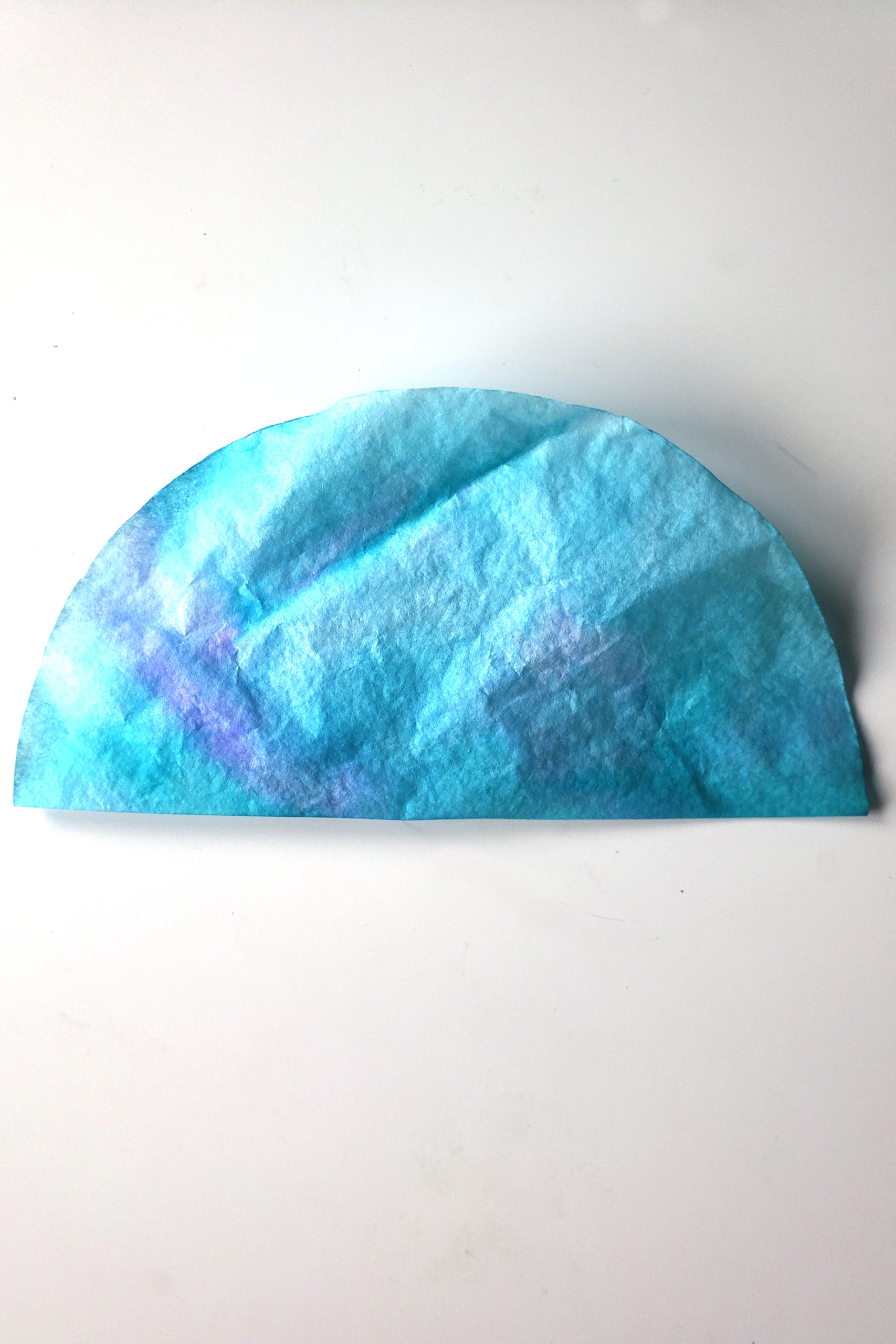
Step 5
Fold it in half again.
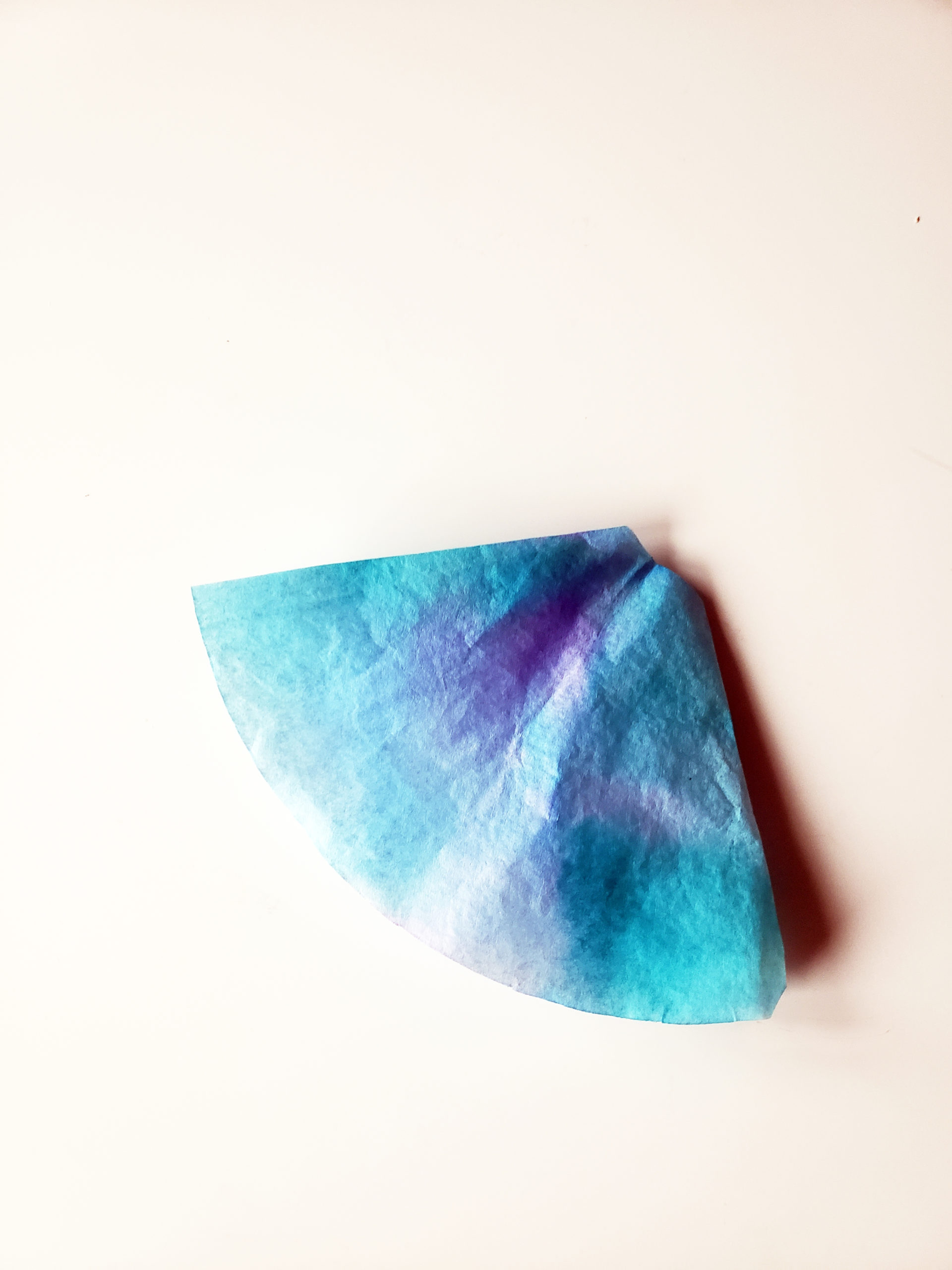
Step 6
. . . and one more time.

Step 7
Now, snip the tip off with scissors. Don’t make the hole too big. You need to snip less than you think you do, as the hole will expand dramatically when you unfold it.
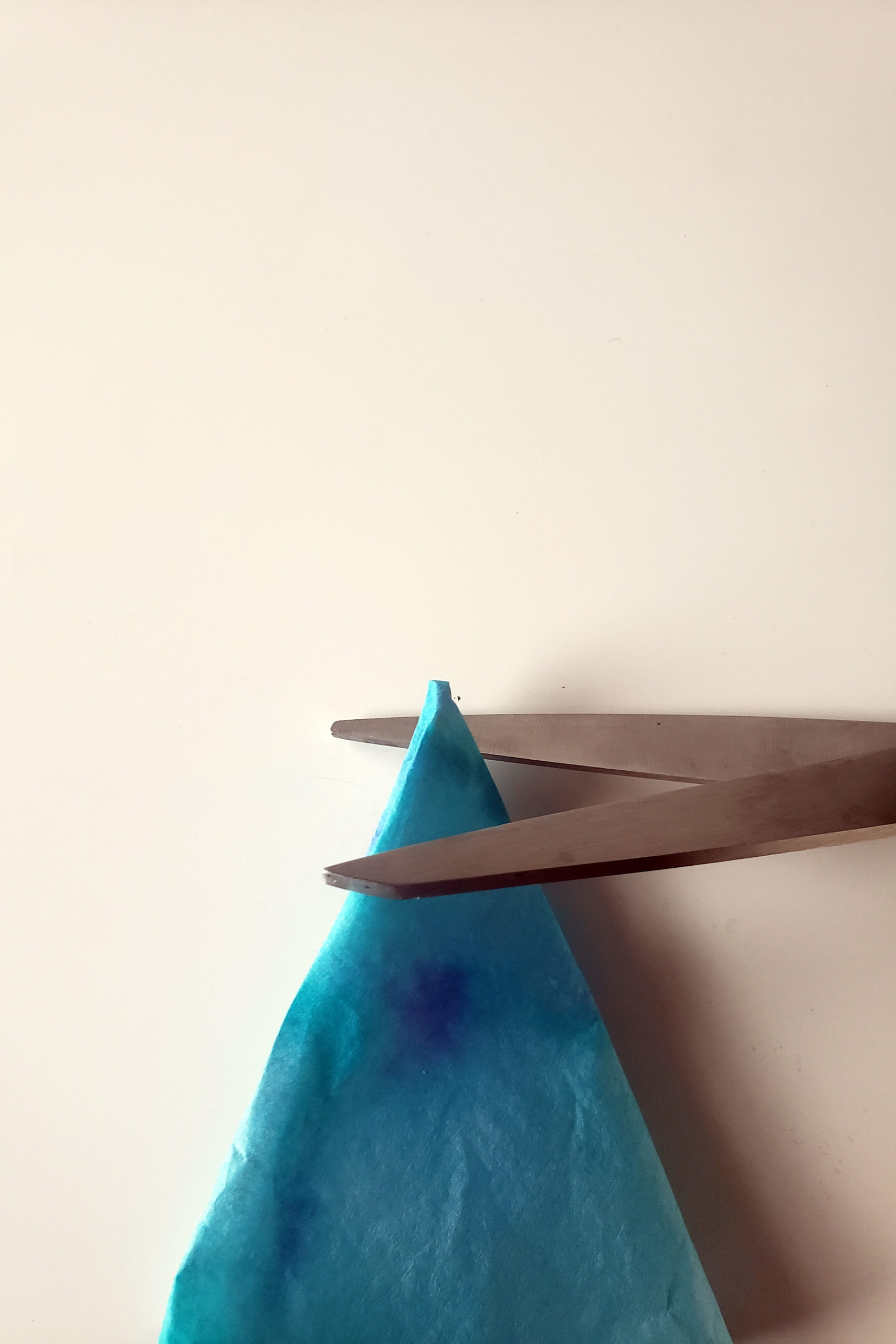
Step 8
It’s time to make the body of the ballerina.
You need two pipe cleaners for each one.
Fold the first one in half to make the head. Then, twist it to form the neck. Leave the ends loose. These will be the legs.

Step 9
To form the arms, take the second piece of pipe cleaner and lay it so the center of the second pipe cleaner is across the “neck” you made with the first one. Twist each end of the second pipe cleaner around the “neck” several times, leaving 2 inches or so on either side to form the arms.

Step 10
Squish the arms, legs, and head so they form a straight(ish) line so that you can slide the neck and arms through the whole in the coffee filter.

Step 10
Slide the pipe cleaner “body” of the ballerina through the hole you cut in the coffee filter. Then, re-expand the arms, legs, and head. Gather the waistline of the coffee filter skirt, then wind the arms around it once or twice to secure it in place. And voila!

